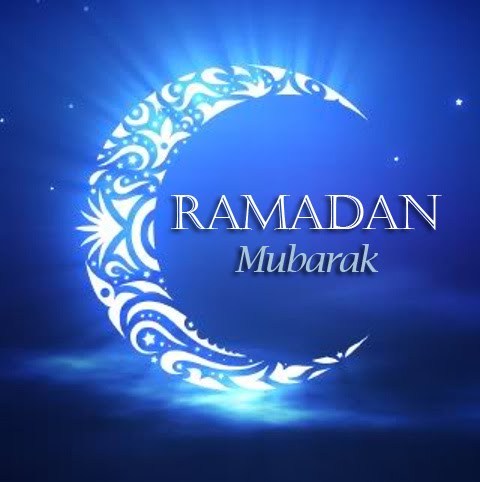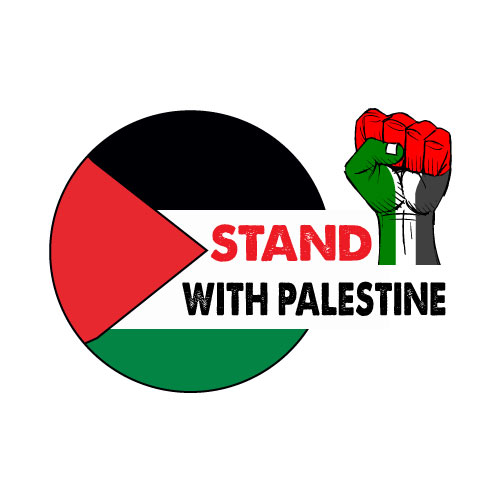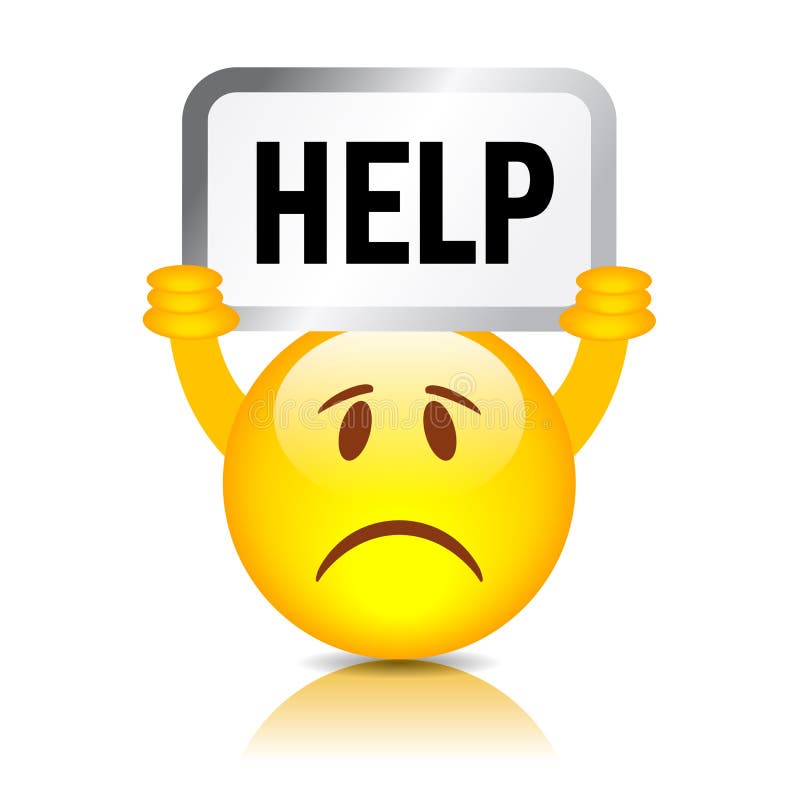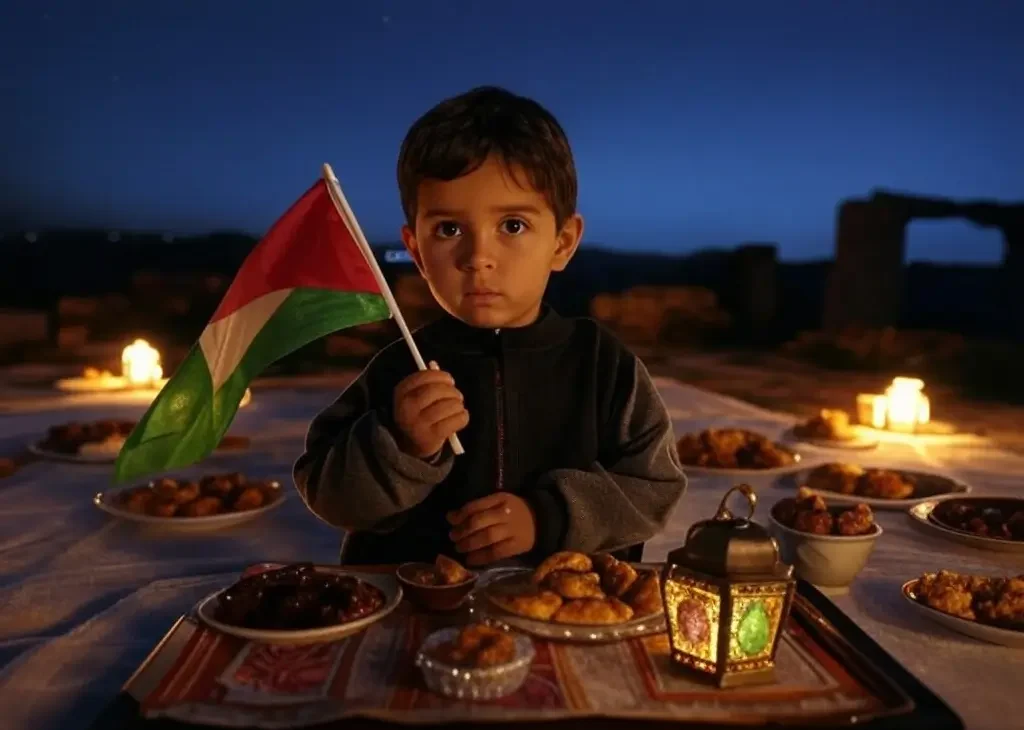
Resilience and Hope
A Ramadan of Renewal in Gaza
As the crescent moon rises on March 1, 2025, marking the start of Ramadan, the people of Gaza embrace the holy month with a mixture of reverence and resilience. This year, following a fragile 42-day ceasefire, the streets of Gaza hum with cautious optimism—a stark contrast to the turmoil of recent years. Ramadan in Gaza has always been a time of spiritual reflection, but in 2025, it’s also a testament to the unbreakable spirit of a community that finds light amidst ruins. From children carrying lanterns through war-torn neighborhoods to communal meals shared under makeshift decorations, Gazans are weaving hope into their traditions. This SEO-optimized article dives deep into their story, spotlighting the unique ways Palestine’s Gaza Strip observes Ramadan while advocating for global solidarity and support.
Resilience Amidst Ruins
Lanterns Lighting the Way
In Gaza’s Khan Younis , a striking scene unfolds each evening: children weave through the rubble of destroyed buildings, their hands clutching traditional Ramadan lanterns . These glowing symbols of the holy month cast a warm light on the scars of conflict, transforming devastation into a canvas of hope. Unlike previous years, when the sound of air strikes interrupted prayers, the 2025 ceasefire allows families to gather openly. Parents and neighbors join in, hanging strings of lights between damaged structures, creating a festive atmosphere that defies the surroundings.
This resilience isn’t just symbolic—it’s a lifeline. For Gazans, maintaining these traditions fosters a sense of normalcy and identity, especially for the youngest generation, who have known little beyond hardship. The lantern processions, a hallmark of Palestinian traditions, remind the world that even in the darkest times, Gaza’s spirit shines bright.
Suhoor Gatherings in the Streets
As dawn approaches, the streets of Deir al-Balah come alive with the clatter of pots and the chatter of voices. Suhoor, the pre-dawn meal before fasting begins, has become a communal affair. Families unable to host indoors spill into open spaces, sharing whatever they have—sometimes just bread and tea. The ceasefire has made these gatherings safer, allowing Gazans to reclaim public spaces once too dangerous to occupy. It’s a small victory, but one that resonates deeply, showcasing the "Gaza resilience" that defines this Ramadan.
Economic Challenges and Community Spirit
Simple Meals, Big Hearts
The economic toll of years of conflict weighs heavily on Gaza’s Ramadan in 2025. With limited humanitarian aid trickling in, many families can’t afford the lavish feasts often associated with breaking the fast (Iftar). Instead, plates are filled with humble staples: rice, lentils, or a bowl of molokhia stew if they’re fortunate. Yet, what’s lacking in abundance is made up for in heart. In Rafah, neighbors pool resources to create communal Iftar tables, turning sparse ingredients into moments of togetherness
trickling in, many families can’t afford the lavish feasts often associated with breaking the fast (Iftar). Instead, plates are filled with humble staples: rice, lentils, or a bowl of molokhia stew if they’re fortunate. Yet, what’s lacking in abundance is made up for in heart. In Rafah, neighbors pool resources to create communal Iftar tables, turning sparse ingredients into moments of togetherness
This ingenuity reflects a broader truth about Gaza: necessity breeds unity. Markets, though understocked, buzz with activity as vendors offer what little they have—dates, bread, a few vegetables—while buyers barter or share. The "economic challenges in Gaza" are real, but they’ve forged a community spirit that’s as vital as food itself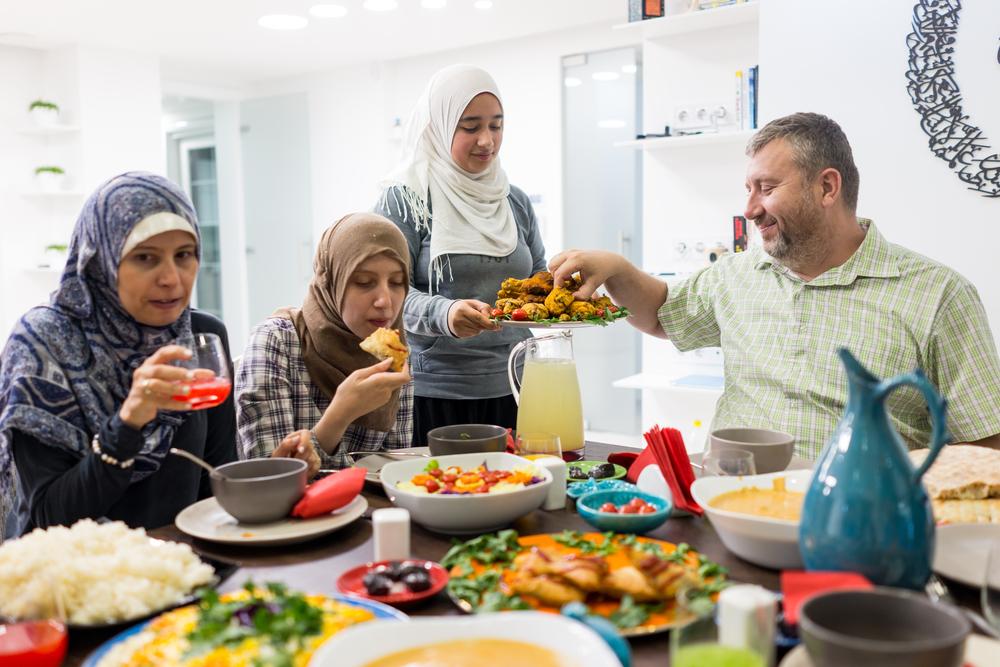
Decorations Amid the Rubble
In a striking display of defiance, Gazans adorn their surroundings with Ramadan decorations. In Rafah and Jabalia, banners and crescent moon icons dangle between buildings, some held up by little more than hope and string.
dangle between buildings, some held up by little more than hope and string.
Global Solidarity and Support
The Ceasefire’s Fragile Promise
The 42-day ceasefire, brokered after exhaustive negotiations, hangs over Ramadan 2025 like a delicate thread. While it has paused the violence, its fragility looms large—talks could collapse, plunging Gaza back into uncertainty. This Ramadan, then, is not just a time for prayer but a plea for the world to pay attention. The "Gaza ceasefire" offers a window of opportunity—one that global leaders and citizens alike must seize to ensure lasting peace.
For Gazans, the ceasefire means more than silence; it’s a chance to rebuild, to dream of a future where Ramadan isn’t overshadowed by survival. Yet, they can’t do it alone. The international community’s role is critical, from sustaining humanitarian aid to advocating for Palestine on the global stage.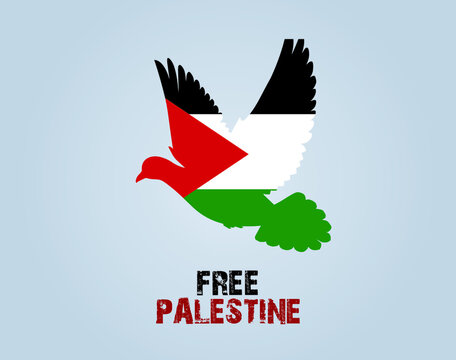
How You Can Help
This Ramadan, solidarity with Gaza isn’t just a sentiment—it’s an action. Organizations like the UN Relief and Works Agency for Palestine Refugees (UNRWA) are on the ground, providing food, shelter, and medical care, but they need support. Readers can contribute by donating, sharing Gaza’s story, or pressuring policymakers to prioritize humanitarian efforts. Visit UNRWA’s website to learn more about how to make a difference. The keyword "support Gaza" isn’t just a phrase—it’s a movement, and your voice can amplify it.
Lessons from Gaza’s Ramadan
Ramadan 2025 in Gaza is a tapestry of contrasts: resilience amidst ruins, simplicity amidst scarcity, hope amidst uncertainty. From lantern-lit processions to communal meals under the stars, Gazans are redefining what it means to celebrate under pressure. Their story is one of endurance, a call to the world to witness their strength and respond with compassion.![]()
As the holy month unfolds, let’s reflect on what Gaza teaches us: that community can thrive where resources falter, and that hope can illuminate even the darkest corners. This isn’t just a tale of survival—it’s an invitation to act, to stand with Palestine in its pursuit of peace and dignity.
Gaza’s Ramadan Resilience
What moves you most about Gaza’s Ramadan resilience? Share your thoughts in the comments below—we’d love to hear from you.
Dive deeper into this story by exploring related content on our blog, or take a step further by supporting humanitarian efforts in Gaza via UNRWA. Together, we can shine a light on Palestine’s enduring spirit.
Read More
